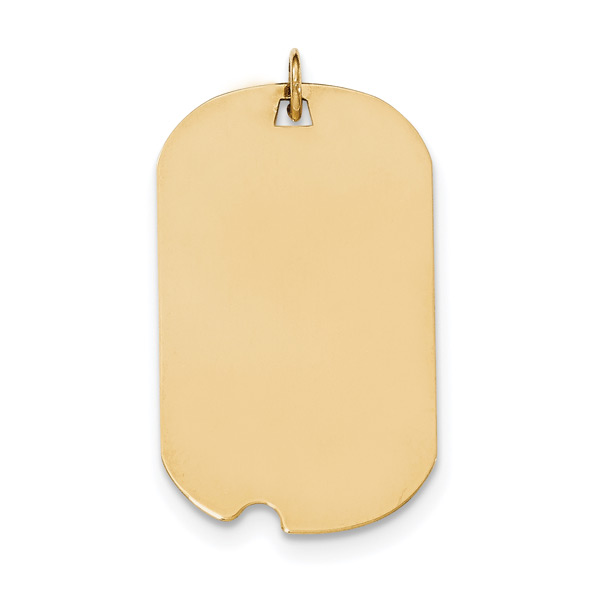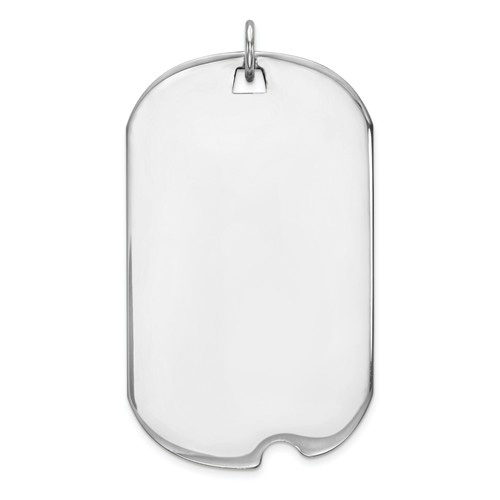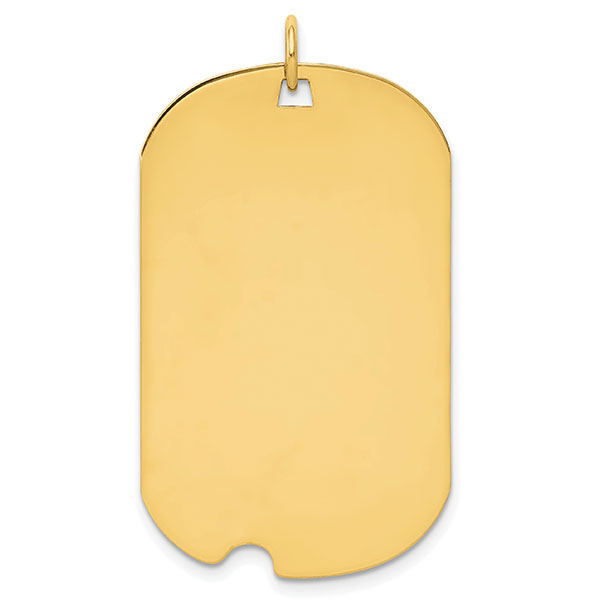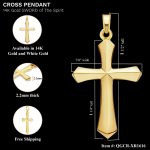History of U.S. Military Dog Tag Necklaces
The military dog tag has a fascinating history, and was created by military people themselves due to requirement. Due to many losses from the several conflicts during the American Civil War (1861–1865), it was difficult to identify the dead soldiers. Improper record keeping of individuals assigned to and participating in combat as regulars or volunteers intensified the issue. Battalions started adding name tags to their uniforms to be identified later if they were killed on the battlefield due to grim circumstances.
The initial attempts at identification tags, from which we derive U.S. Military dog tag necklaces today, were named “name discs” or “soldier pins” and came in a variety of designs. These circular tags from WWI had name, rank, serial number, unit, and religion hand-stamped on them.
The information on these tags was not uniform until General Order #204, issued by the US government on December 20, 1906, established the use of a circular aluminum disc as an identifying badge. By 1913, all military personnel was compelled to wear identification discs, from which current dog tag necklaces for men and women and their designs are taken from today. Both officers and enlisted personnel in the field must wear this aluminum disc suspended around their necks. It is etched with the names, rank, company, regiment, or corps.
Rectangular Military Dog Tags
Military personnel in World War II (1939–1945) were given rectangular identity tags with a notch on the bottom edge, identical to those used today. Although the moniker “dog tags” was first used in World War II, it probably dates back to Thomas Jefferson. He drafted Virginia’s first dog license statute, forcing dog owners to register their pets. Since the American Civil War, the dog tag has played a significant role in military culture and has roots that may be traced back to America’s foundation.
Meaning of US Military Dog Tag Necklaces
The main function of military identification tags, sometimes known as dog tags, is to provide a way to identify a fallen soldier. Each member of the armed forces receives two dog tags, also with a short chain and the other with a long chain. There are important reasons why there are varying chain lengths. First, the two tags can identify a soldier’s body after being killed in action by other soldiers or officers.
Each of the tags’ chains has a particular length. The lengthier one features 365 beads, which are the calendar’s 365 days. Two years are represented by the 24 beads on the shorter one, which matches the toe tag.
These beads are crucial for soldiers who are seized as prisoners of war and maybe for those who get lost or go missing in action. The beads make it possible to keep track of the hours in a day and the days in a year. We have recreated this in our beaded ball chain necklaces, shown above.
The issuance of military dog tags still plays a significant role in military culture today, but as technology develops, dog tags are used less frequently. While the military still employs medical/dental records and DNA analysis to identify deceased military service personnel, the dog tags are still stamped with important data (name, serial/social security number, blood type, and religious preference).
Since the Vietnam War, there have been significant technological advancements, including the capacity to identify remains using DNA. However, service members continue to receive dog tags today despite these developments. They serve as a reminder of America’s efforts to recognize all veterans, particularly those who gave the ultimate sacrifice.
Category: Jewelry History, Military Jewelry, Patriot Jewelry














